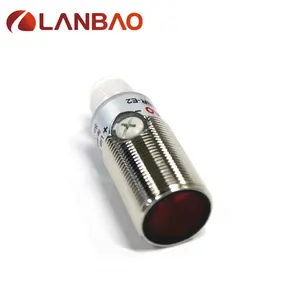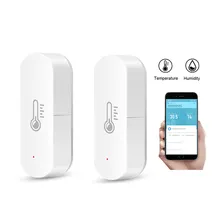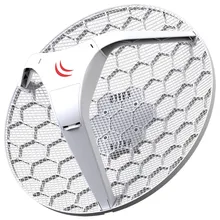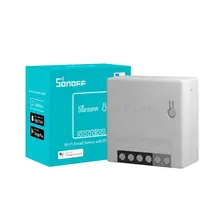Understanding the Photoelectric Switch E185658
The photoelectric switch E185658 is a pivotal component in modern automation and control systems. This category of switches utilizes light-sensitive elements to detect objects and changes in surface conditions, triggering a response in a circuit. They are widely used in various industrial applications due to their non-contact detection capability, which enhances longevity and reliability.
Types and Features of Photoelectric Switches
Photoelectric switches come in several types, including through-beam, retro-reflective, and diffuse. Each type is designed for specific applications, with differences in range and functionality. For instance, a diffuse photoelectric sensor is ideal for short-range detection, while a through-beam sensor is suited for long-range detection tasks. Features such as adjustable sensitivity, built-in timers, and various output configurations cater to a broad spectrum of industrial requirements.
Applications of Photoelectric Switches
The versatility of the photoelectric switch E185658 allows for its use in numerous sectors. In manufacturing, these switches are integral in assembly lines for object presence and absence detection, ensuring the smooth operation of machinery. In packaging, they help in label detection and product counting, contributing to quality control and efficiency. The robustness of an industrial photoelectric switch also makes it suitable for harsh environmental conditions.
Materials and Advantages
Constructed from durable materials such as polycarbonate and equipped with LED indicators, the photoelectric switch E185658 is built to withstand industrial environments. The advantage of using a reflective photoelectric sensor includes its maintenance-free operation and its ability to detect a wide range of materials, including transparent and reflective objects, without physical contact.
Selection Criteria for Photoelectric Switches
When selecting a photoelectric switch E185658, it is crucial to consider the sensing distance, the type of light source (infrared or visible), response time, and the size of the sensor. Environmental factors such as temperature, humidity, and exposure to chemicals should also be taken into account to ensure consistent performance.
Integration and Compatibility
Integrating a photoelectric proximity sensor into existing systems is streamlined due to its compatibility with various controllers and interfaces. Users should ensure that the electrical specifications match their system's requirements to achieve optimal functionality.









































 浙公网安备 33010002000092号
浙公网安备 33010002000092号 浙B2-20120091-4
浙B2-20120091-4